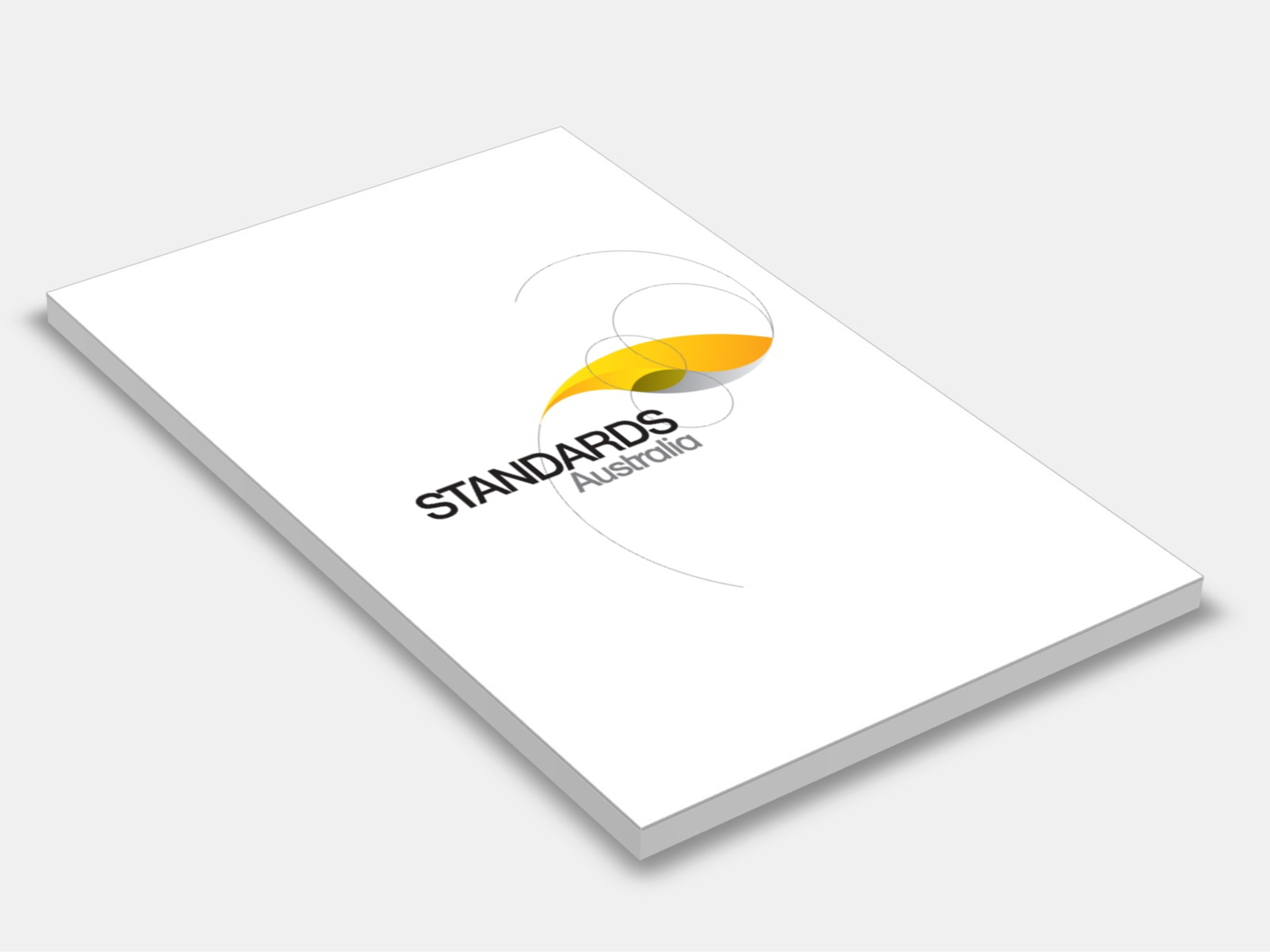
Type
Publisher
Standards Australia/Standards New Zealand
Publisher
Standards Australia/Standards New Zealand
Version:
First Edition 2020.
(Current)
Short Description
This Standard adopts ISO 22846-1:2003, which gives the fundamental principles for the use of rope-access methods for work at height; intended for use by employers, employees and self-employed persons who use rope-access methods, by those commissioning rope-access work and by rope-access associations.

Type
Publisher
Standards Australia
Publisher
Standards Australia
Version:
First Edition 2020.
(Current)
Short Description
Sets out the minimum requirements and recommended safe practices for the selection, use and maintenance of portable ladders.

Type
Publisher
Standards Australia/Standards New Zealand
Publisher
Standards Australia/Standards New Zealand
Version:
Second Edition 2009.
(Pending Revision)
Short Description
Specifies requirements and sets out recommendations for the selection, safe use and maintenance of industrial fall-arrest systems and devices based on the use of safety harnesses, horizontal life lines and rails, fall-arrest devices, and associated lanyards, connectors, anchorages and fittings.

Type
Publisher
Standards Australia/Standards New Zealand
Publisher
Standards Australia/Standards New Zealand
Version:
First Edition 2020.
(Current)
Short Description
This Standard adopts ISO 22846-2:2012, which provides recommendations and guidance on the use of rope access methods for work at height and expands on the fundamental principles given in AS/NZS ISO 22846.1, in conjunction with which it is intended to be used; intended for use by employers, employees and self-employed persons who use rope access methods, by those commissioning rope access work and by rope access associations.

Type
Publisher
Standards Australia
Publisher
Standards Australia
Version:
Fifth Edition 2018.
(Current)
Short Description
Sets out requirements for the design, selection, construction and installation of fixed platforms, walkways, stairways and ladders that are intended to provide safe access to places used by operating, inspection, maintenance and servicing personnel.
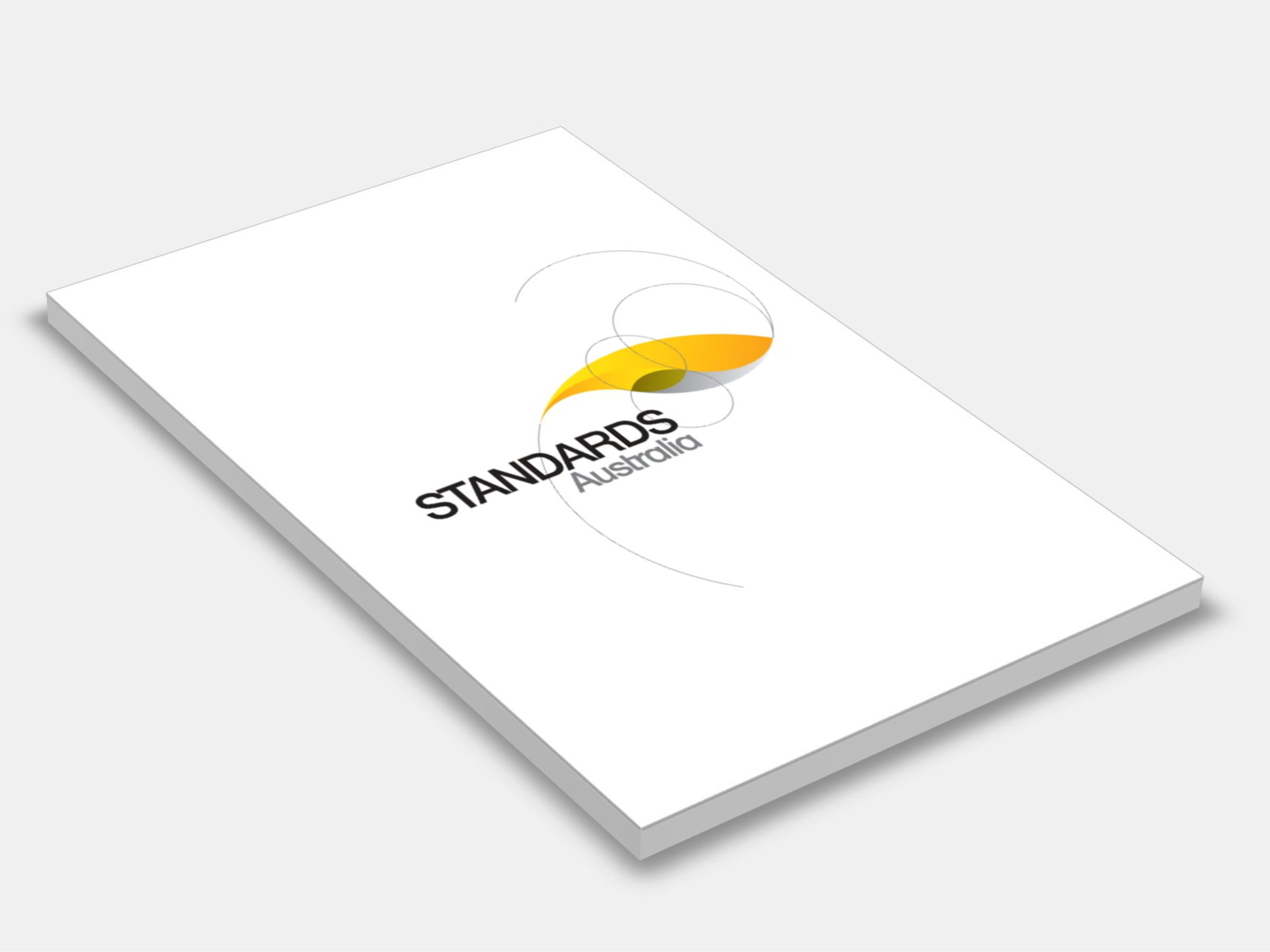
Type
Publisher
Standards Australia
Publisher
Standards Australia
Version:
Third Edition 2009.
(Pending Revision)
Short Description
Sets out the requirements and risk control measures for ensuring the safety of those who must enter or carry out tasks associated with a confined space; contains sections dealing with planning and implementing entry to a confined space; appendices include guidance for training, risk assessment, atmospheric monitoring and sample forms and permits associated with confined space work.
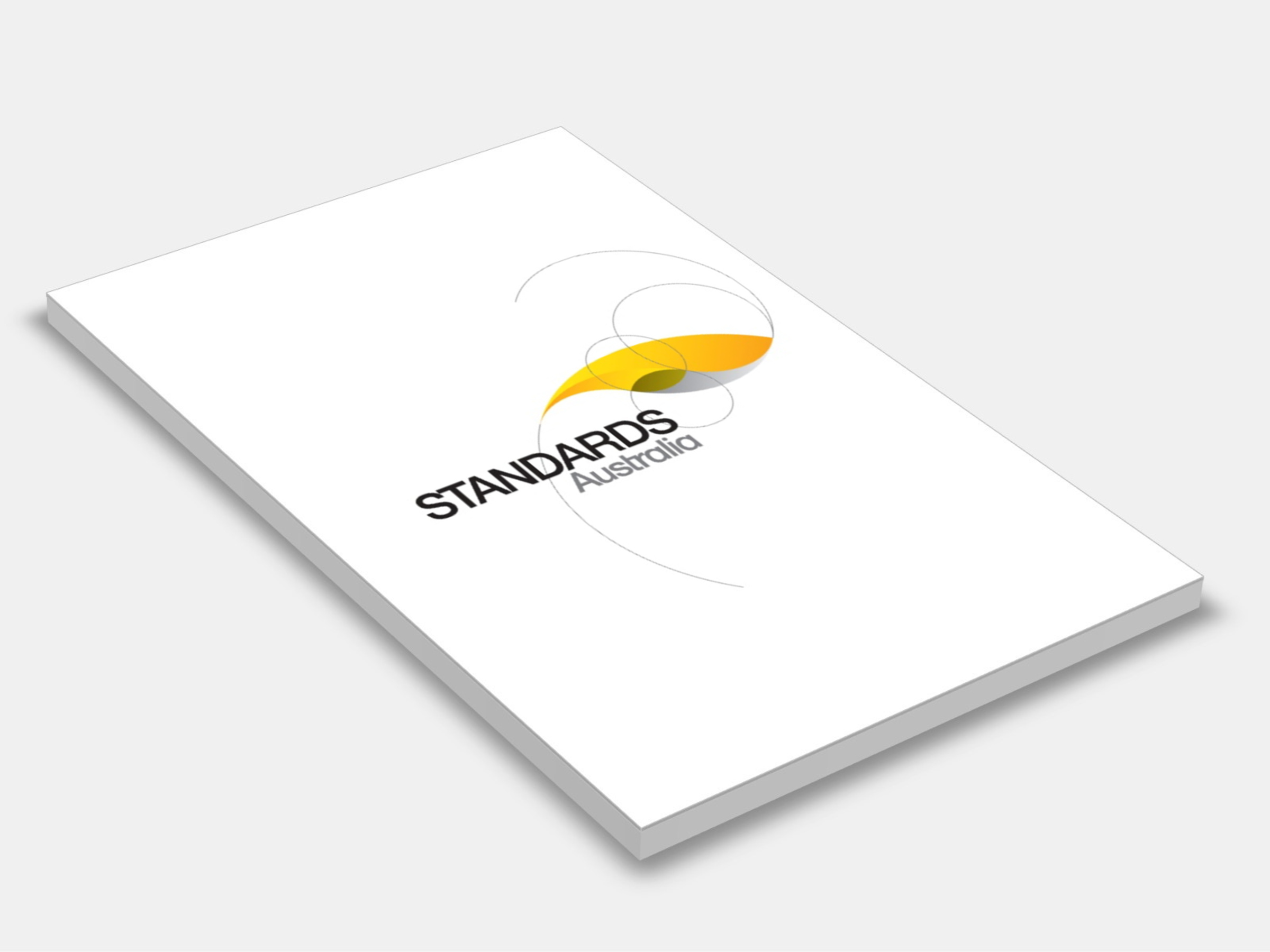
Type
Publisher
Standards Australia
Publisher
Standards Australia
Version:
Second Edition 2023.
(Current)
Short Description
AS 4421:2023 specifies the minimum requirements for the operation and management of an organization providing protective security services.
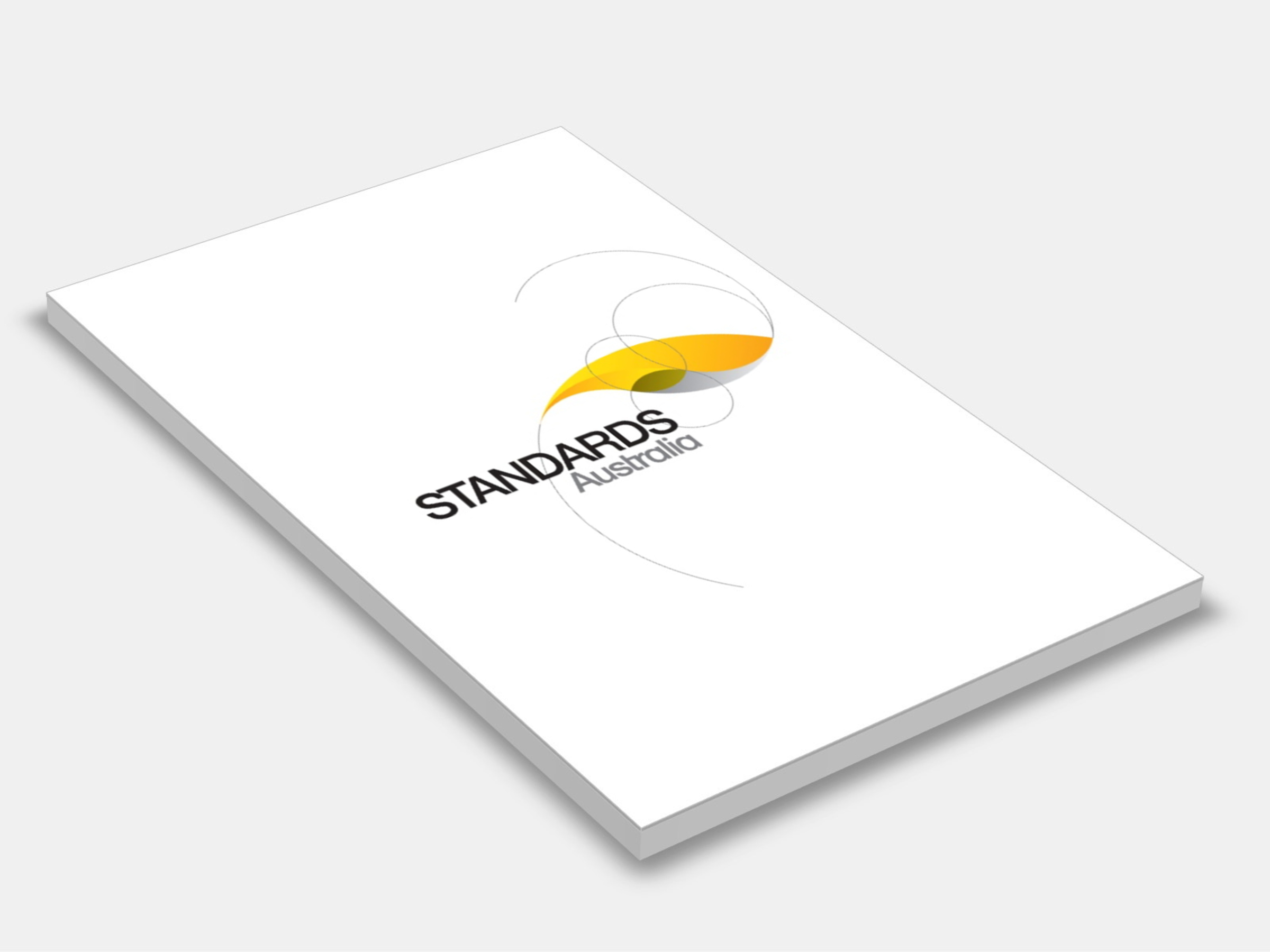
Type
Publisher
Standards Australia
Publisher
Standards Australia
Version:
Fourth Edition 2013.
(Superseded)
Short Description
Sets out requirements and safety principles relating to the design, installation, and operation of industrial appliances that involve the combustion of gas or liquid fuel, or other fuel in air suspension, or the generation of combustible vapours in such appliances.
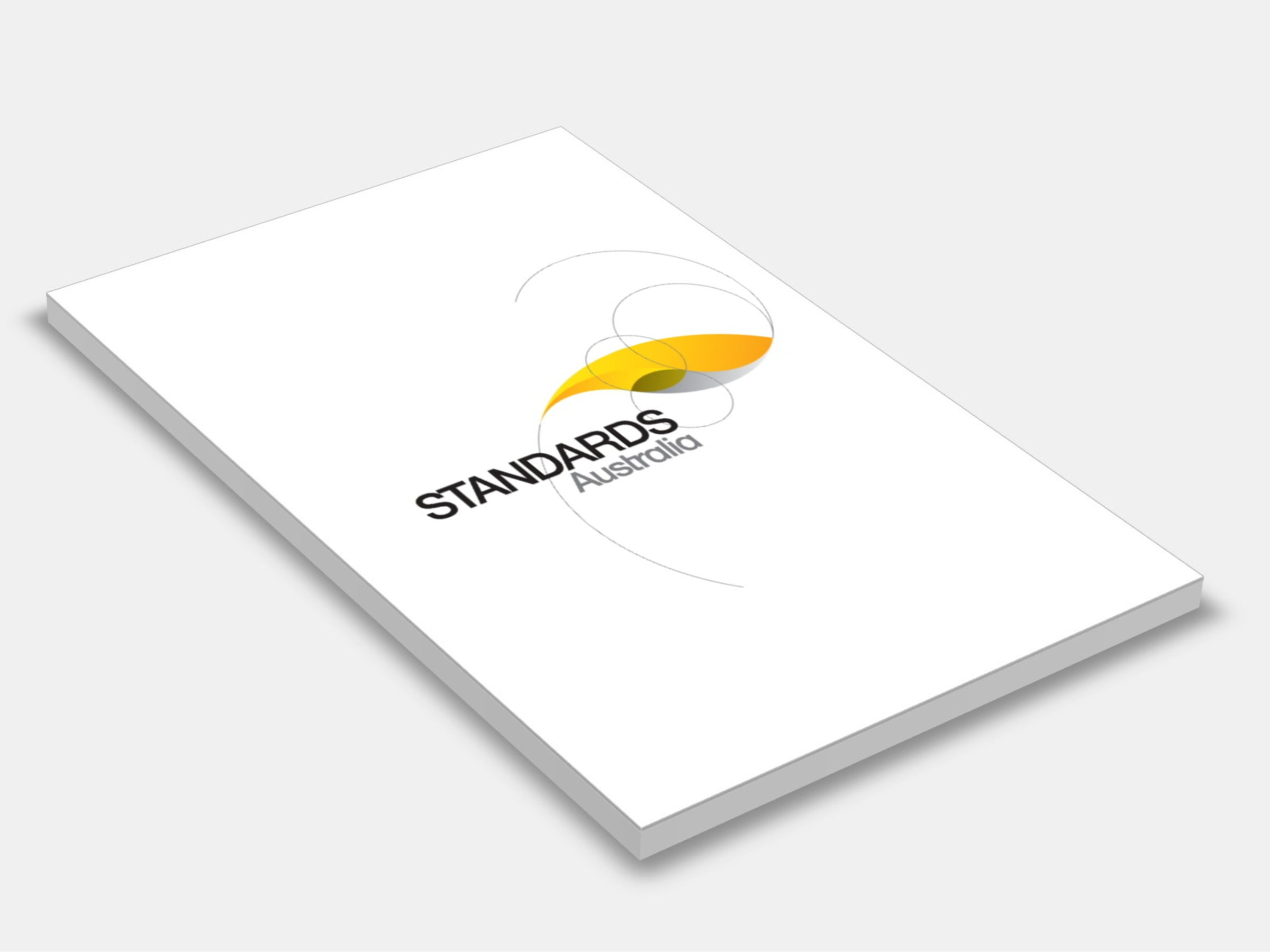
Type
Publisher
Standards Australia/Standards New Zealand
Publisher
Standards Australia/Standards New Zealand
Version:
First Edition 1996.
(Current)
Short Description
This Standard specifies a method for the determination of the thickness loss of textile floor coverings under dynamic loading. It is applicable to all types of textile floor coverings with a surface that is level in height and construction. It does not apply to other textile floor coverings unless the areas of different thickness or construction can be tested separately.

Type
Publisher
Standards Australia/Standards New Zealand
Publisher
Standards Australia/Standards New Zealand
Version:
First Edition 1996.
(Current)
Short Description
This Standard describes a method for determining the strength of the bond between the backing components of a textile floor covering which can be peeled apart. This method is applicable to tufted carpets which have primary and secondary backing materials forming a bonded composite substrate.